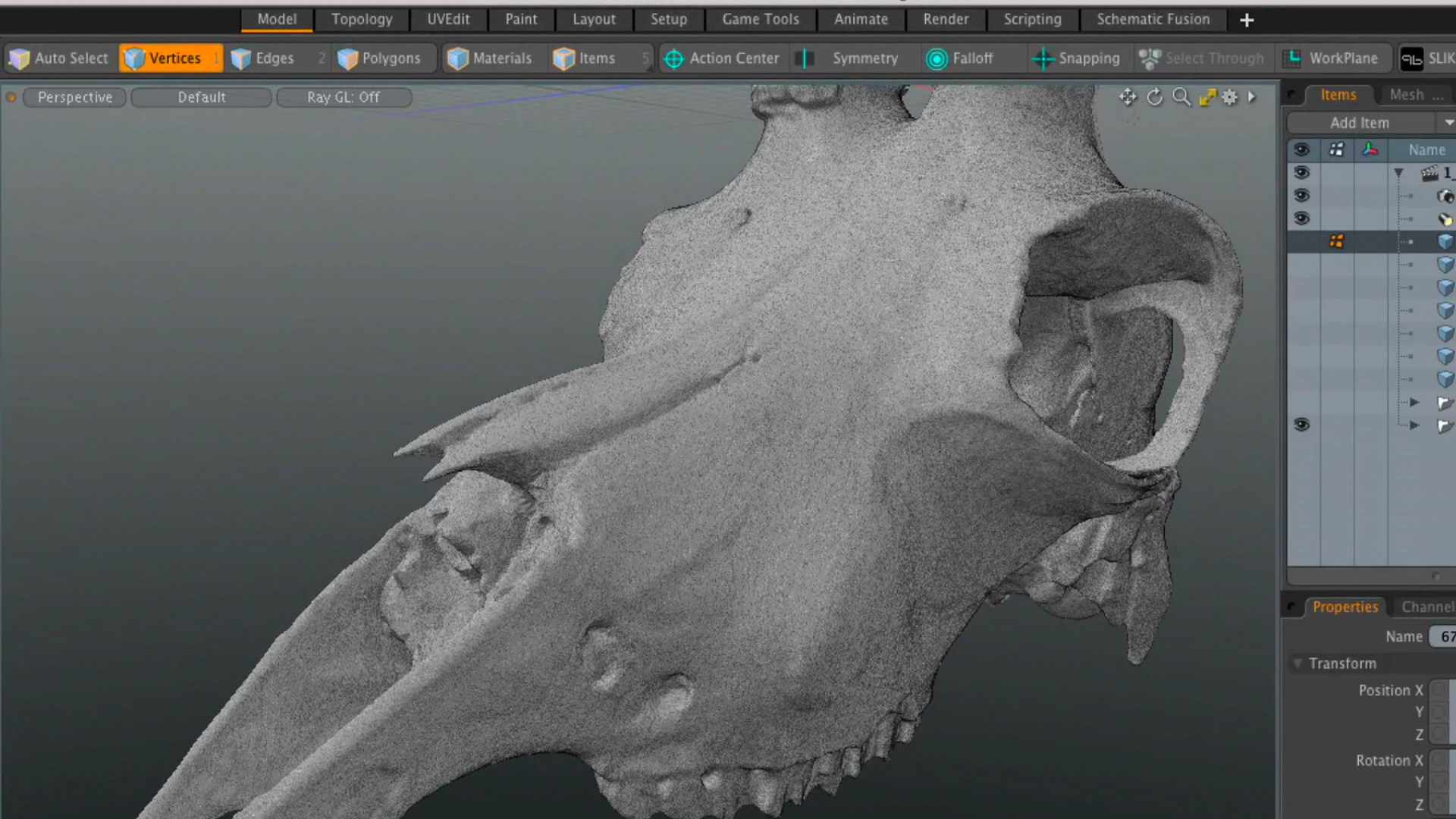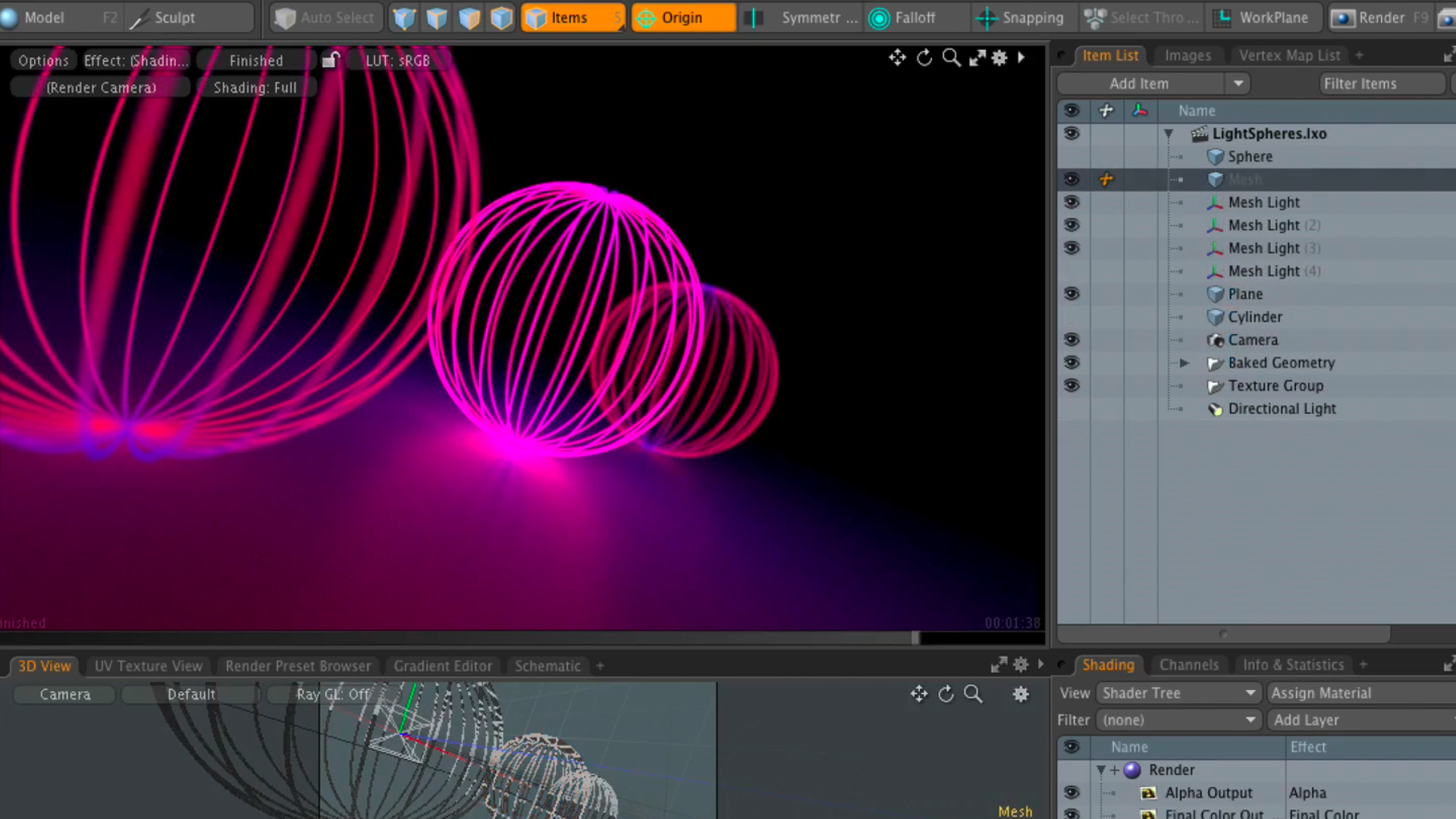
Revamped MeshFusion
Harness the power of MeshFusion's advanced Boolean toolset more easily, thanks to a simplified schematic-free workflow that automatically creates and reorders the underlying tree structure as you cut, combine and intersect meshes. Cleaner output geometry and enhanced viewport visibility also contribute to a smoother, easier process, while an option to defer updates until mouse-up vastly improves performance as you edit.





















